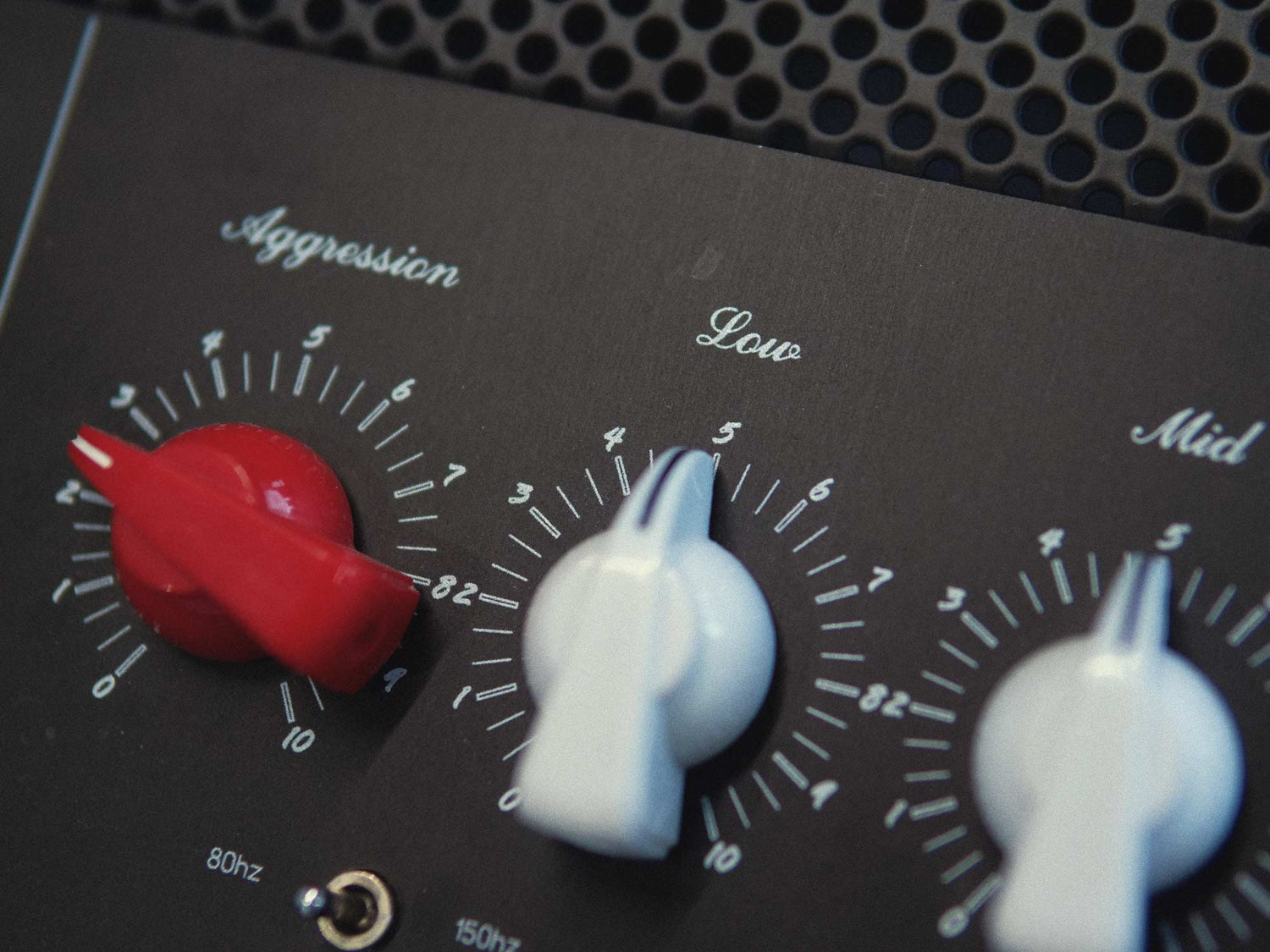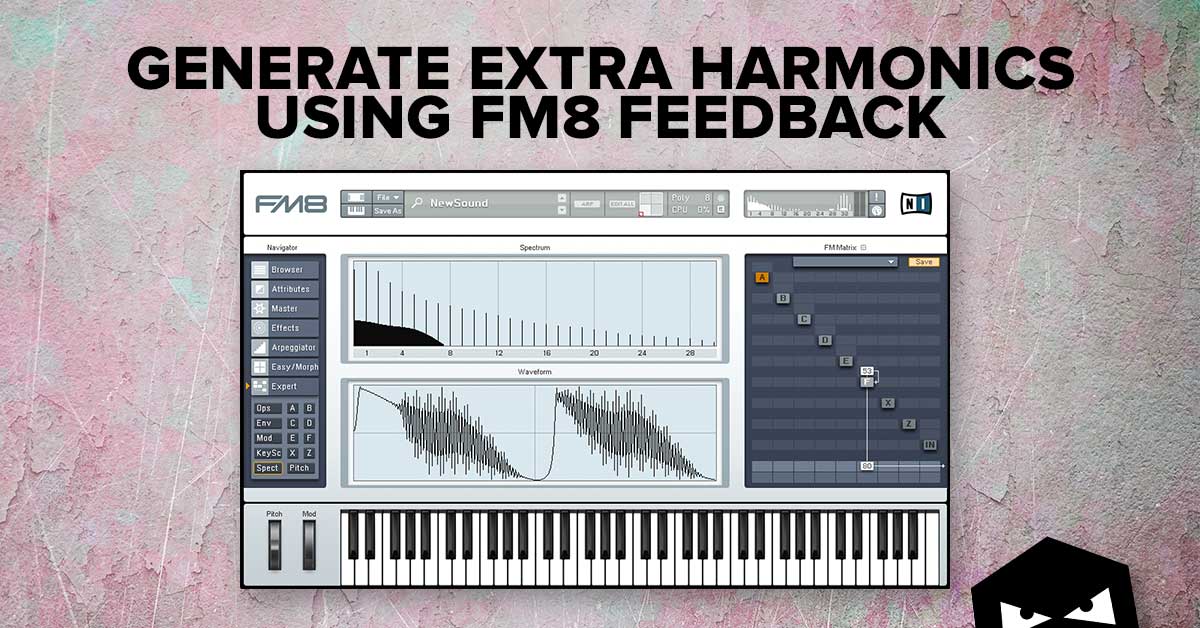The low end of your mix, comprising the kick drum, bass, and toms, forms the foundation upon which the entire sonic landscape rests. Achieving a well-balanced and impactful low end is crucial for a professional-sounding mix. In this blog post, we'll explore essential techniques and tips to help you navigate the complexities of mixing your low end and ensure that it provides the solid foundation your music deserves.
1. Frequency Management: Start by understanding the frequency ranges of your low-end elements. The kick drum typically occupies the lower frequencies, while the bass covers a broader spectrum. Toms, falling in between, contribute to the mid to low frequencies. Use EQ to carve out space for each element, avoiding frequency clashes. High-pass filters on non-essential tracks can help eliminate unnecessary low-frequency content, reducing muddiness in your mix.
2. Tuning Your Drum Kit: Before diving into the mix, ensure that your drums are appropriately tuned. A well-tuned kick drum and toms will not only sound better individually but will also interact more cohesively with the bass. Experiment with tuning to achieve the desired tonal balance, and consider using tools like drum replacement plugins if necessary.
3. Dynamic Control with Compression: Carefully apply compression to control the dynamic range of your low-end elements. Use a fast attack time to tame transient peaks in the kick drum, providing a more consistent and controlled foundation. For the bass, consider side-chain compression triggered by the kick drum to create space for both elements in the mix.
3. Create Definition with EQ: Utilize EQ to shape the tonal characteristics of each low-end component. For the kick, boost the beater frequency to enhance attack, and sculpt the bass to highlight its fundamental frequencies. Experiment with the toms, emphasizing their distinctive tones. Consider using a shelving EQ on the bass to bring out harmonics and add clarity.
4. Spatial Considerations: Pay attention to the spatial placement of your low-end elements. Ensure the kick drum sits well in the center, anchoring the mix, while panning toms appropriately to create a sense of width. Experiment with stereo imaging on the bass, keeping in mind mono compatibility. Use reverb and other spatial effects sparingly to add depth without sacrificing clarity.
5. Parallel Processing for Impact: Enhance the impact and presence of your low end by incorporating parallel processing. Create parallel channels for the kick and bass, applying compression, saturation, or other processing to add weight and excitement. Blend these processed signals with the original tracks to achieve a balance between clarity and impact.
6. Check Your Mix in Mono: Regularly check your mix in mono to ensure that the low end remains cohesive and well-balanced. Mono compatibility is crucial for ensuring that your mix translates well across various playback systems. Address any phase issues that may arise, especially when combining the low frequencies of the kick and bass.
Mixing the low end, comprising the kick, bass, and toms, requires a delicate balance of technical skill and artistic intuition. By employing frequency management, tuning your drum kit, dynamic control with compression, creating definition with EQ, considering spatial placement, utilizing parallel processing, and checking your mix in mono, you can achieve a powerful and well-balanced low end that serves as the solid foundation for your musical creations. Remember that patience and experimentation are key, so trust your ears and let your mix evolve into a sonically rich and impactful masterpiece.




Leave a comment
This site is protected by hCaptcha and the hCaptcha Privacy Policy and Terms of Service apply.